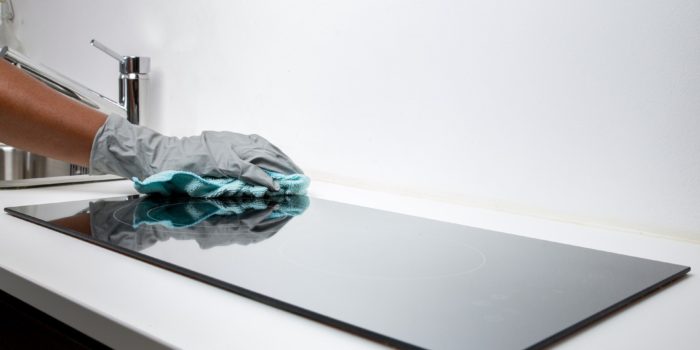47. I can’t stand~:~ 못 참겠어.
I can’t stand~:~ 못 참겠어.
오늘의 패턴은 ‘~못 참겠어’ 라는 표현을 쓸 때 쓴다.
뒤에 to 부정사, 명사 동명사(ing) 등을 써주면 된다.
예문을 통해 살펴보자.
1. 이 영화 못 참겠어.- I can’t stand this movie.
2. 네 얘기 못 참겠어.-I can’t stand to hear you(your story).
3. 너랑 있는 거 못 참겠어.- I can’t stand to be with you.
4. 그와 일하는 거 못 참겠어.- I can’t stand working with him.
5. 줄 서서 기다리는 거 못 참겠어.-I can’t stand waiting in line.
6. 나는 더 못 서 있겠어.- I can’t stand up.
7. 네 말 안 들려. -I can’t hear you.
8. 더이상 못 참겠어.- I can’t stand it any more.=I can’t stand it any longer.

더 드실 것 없으십니까? Any more to drink.
뭐 다른 것은 없습니까? Any more suggestions?
중요문장 살펴보기
So what does this Bob guy look like. Is he tall? short?- 그래서 이 Bob이란 사람 누구 닮았어? 키가 커? 작아?
위의 문장에서 How를 쓰지 않고 What를 쓰는 것은 like가 형용사기 때문에 형용사인 How와 같이 못씀.
look은 동사기 때문에 형용사를 데리고 다닌다. 보통 동사는 부사를 데리고 다니는데 look은 형용사를 데리고 다닌다. What은 명사다.
What does think of Korea?-한국에 대해서 어떻게 생각하십니까?
How does he looks? 그가 어떻게 보여?
How she looks 그녀가 어떻게 보이는지.
How는 수단, 방법 등을 표현할 때 쓴다.
Which: 어느 쪽이야?
Which what?- 뭐가 어느 쪽이야?
You’ve never met Bob. have you?- 너 밥이란 사람 만난 적 없지. 그렇지?
Oh. my god. I can’t stand this. for all we know. this guy could be horribly.- 세상에 못 참겠어. 알다시피 그 남자 끔찍하게…
for all we know: 알다시피 for all I know: 잘 모르긴 해도
위의 문장에서 could는 미래에 대한 가정을 나타냄.
horribly attractive. I’ll be shutting up now.-끔직하게 매력적인걸. 이제 입닫고 있어야 겠다.
('never'의 위치는?)
'전혀 ~아니다'란 의미로 보통 일반동사 앞, 완료조동사 (have)뒤에 쓴다.
You have never been abroad: 당신은 외국에 전혀 가본적이 없다.
I buy the car. 나는 차를 산다.
I never buy the car. 나는 절대로 차를 사지 않는다.
I bought the car.나는 차를 샀다.
I never bought the car. 나는 차를 절대 사지 않았다.
동사 여러개 나올 때 have+p.p일때 not과 같이 쓴다.
I have never bought the car -나는 한 번도 차를 산적 없다.
I should never have bought the car.-나는 그 차를 사지 말았어야 했는데.



